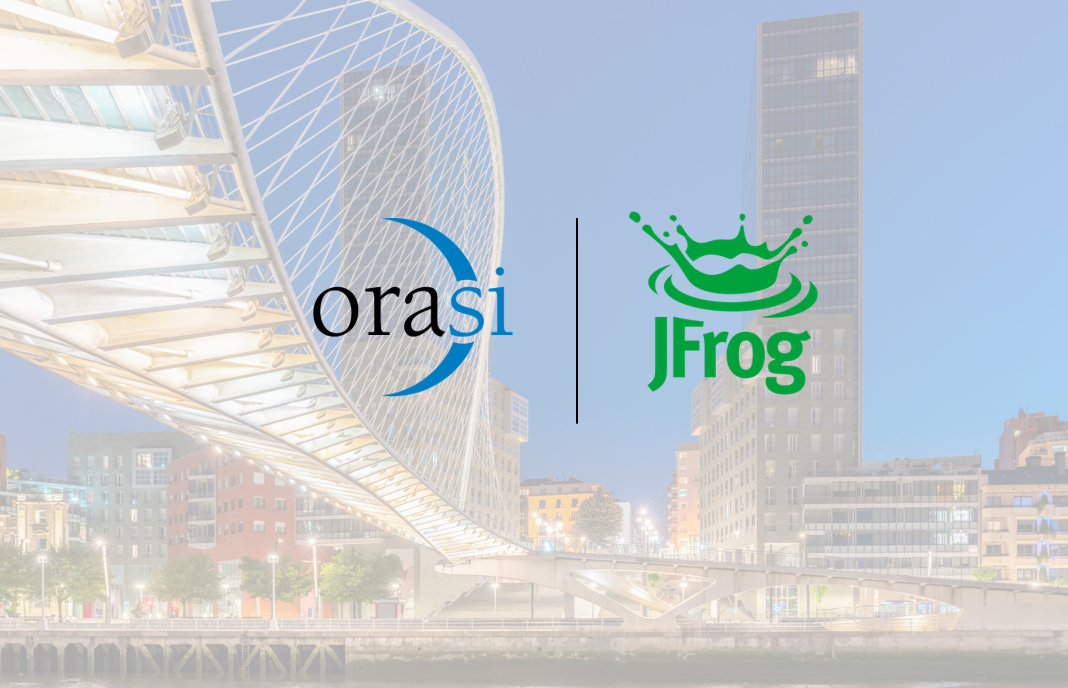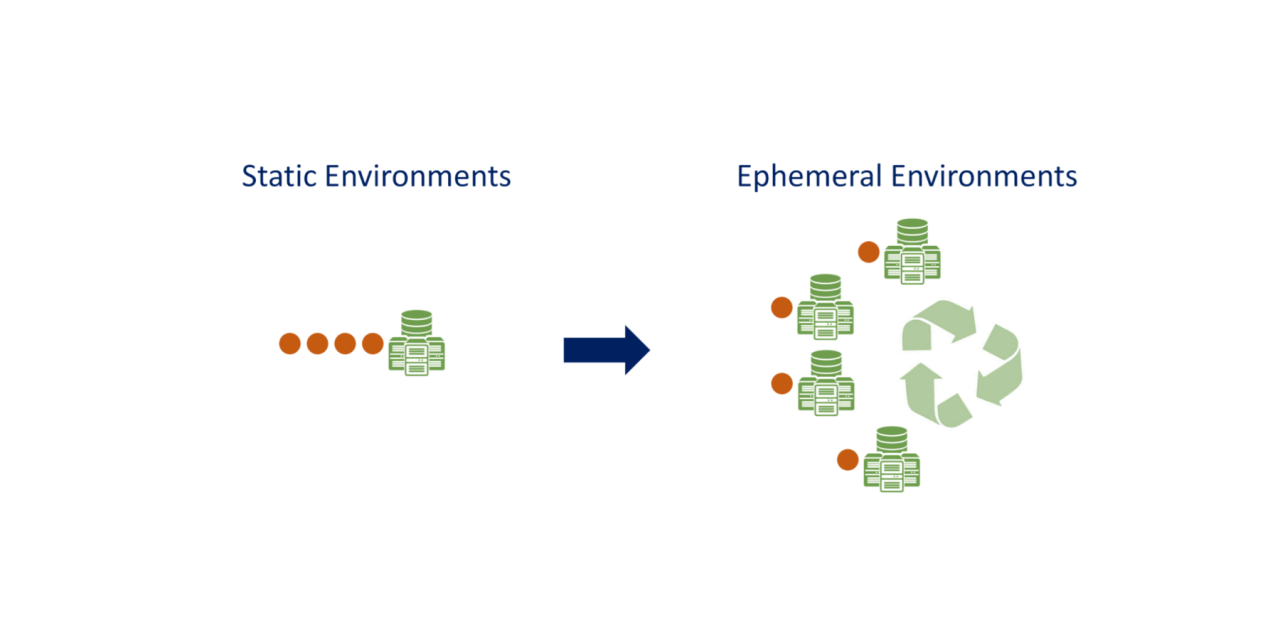By: Karl Rubin, COO
DevOps is a disruptive approach that breaks traditional software development mindset and culture. It is the major force to bring in core-level agility and speed in the application development life cycle. This happens as the rigid siloes between development and operations functions of software development are dissolved. It is a new paradigm of collaboration across all application development teams, especially between the developers and operations teams. The gains pervade across technology and business outcomes:
- Faster development time
- Rapid delivery with reliability
- Closer alignment to actual requirements
- Real-time corrections and improvements
- Improved dialogues and innovation
- Reduced costs and time-spent during development
- Visibility and control over the entire application life cycle
- Assured quality at every level
- Iterative course correction
- Overall user experience witnesses elevation and effectiveness
This explains why fewer than two percent of high-evolution organizations report resistance to DevOps from the executive level. 30 percent in the mid-level range have actively promoted DevOps as well as 60 percent of high-evolution organizations per the latest State of DevOps report.
How does DevOps Work?
It is a combination of practices and tools that allows an enterprise to deliver applications and services faster than traditional software development processes. This encompasses key areas such as planning, build and delivery, testing, software monitoring, and logging. This is achieved through a composite of tools around Scrum, Agile development, Kanban, Scaled Agile Frameworks, lean development tools, continuous monitoring and integration tools, and extreme programming platforms.
DevOps Challenges
This new state of application development cannot function well and for long if an enterprise is suffering through any of these roadblocks:
- Resistance to change
- Rigid conflicts between various teams
- Vague and complicated processes
- Lack of spontaneous action and decision-making
- Legacy IT debt
- Outdated systems and tools
- Misalignment between technology and mindset
In fact, the latest State of DevOps report shows that over the past few years, the percentage of high performers has gone up from 10 percent to 18 percent, and low performers down from 11 percent to four percent. But most remain in the middle group – 78 percent or 79 percent. It unraveled that the vast majority of organizations remain stuck in mid-level DevOps evolution.
DevOps Best Practices
So, if you ask a successful IT team about the essentials for DevOps that help it turn into a success, here is what you will take away:
- Inject the right culture
- Have a top-down and 360-degree approach
- Let go of the legacy weight
- Streamline and simplify processes
- Make the entire enterprise user-centric and customer-focused
Finding the Right DevOps Partner
DevOps is not just about injecting a shiny tool inside the organization. It needs a cohesive and strategic approach to make sure it is rolled out smoothly. It is as much about people as it is about the processes they handle. You should look for partners that can bring in that level of understanding, empathy, and technology strengths around AI, cloud-enablement, automation, new delivery models, and data-driven approaches. Incidentally, these areas came up in the State of DevOps report as well. About 57 percent of high performers felt their IT systems conformed with all five of the U.S. NIST (National Institute of Standards and Technology) essential characteristics of cloud computing, these being “on-demand self-service, broad network access, resource pooling, rapid elasticity or expansion, and measured service.” In contrast, just five percent of low performers could tick these boxes.
Look for the right strategy and the right partner before you begin your DevOps journey. Walk before you run, as they say.



